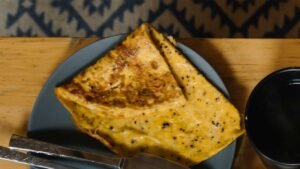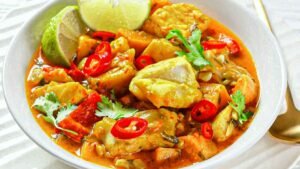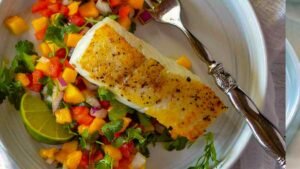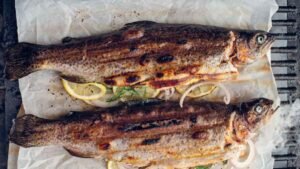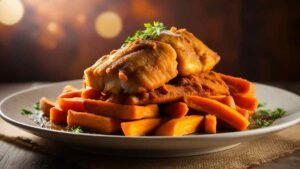Corn Cob: A Nutritious and Versatile Food
Corn cob, a common byproduct of corn, is an often-overlooked food that offers numerous nutritional benefits and culinary uses. This article explores the history, nutritional value, culinary applications, and environmental impact of corn cob.
I. Introduction
Corn cob refers to the cylindrical part of the corn plant that remains after the kernels have been removed. Historically, corn cob was used for a variety of purposes, including fuel, livestock feed, and as a building material. Today, corn cob is often discarded or used as animal feed.
There are several types of corn cob, including sweet corn, field corn, and popcorn. Each type has its unique flavor profile and nutritional value.
II. Nutritional value of corn cob
Corn cob is a good source of several macronutrients, including carbohydrates and fiber. It is also rich in micronutrients such as vitamin C, thiamin, and potassium. Corn cob is low in calories and fat, making it a great addition to a balanced diet.
Consuming corn cob has several health benefits. Its high fiber content promotes digestive health, while its antioxidant properties help protect against chronic diseases such as cancer and heart disease.
III. Culinary uses of corn cob
Corn cob is a versatile ingredient that can be used in a variety of dishes. One of the most popular ways to prepare corn cob is by grilling it. Grilled corn on the cob is a summertime staple that is enjoyed by many. It can be seasoned with a variety of herbs and spices, such as garlic, cumin, and paprika.
Corn on the cob is also commonly used in soups and stews. The corn cob adds a sweet flavor and a slightly chewy texture that enhances the overall dish. Additionally, corn cob can be used to make corn cob jelly, a unique and delicious condiment that is popular in some parts of the world.
IV. Environmental impact of corn cob
Corn cob is a biodegradable material that can decompose naturally. However, when it is discarded in landfills, it can contribute to greenhouse gas emissions. To minimize its environmental impact, corn cob can be repurposed as animal bedding, fuel, or as a soil amendment.
V. Conclusion
Corn cob is a nutritious and versatile food that has been used for centuries for various purposes. It is an excellent source of fiber, vitamins, and minerals, and its culinary uses are endless. As consumers, we can reduce its environmental impact by exploring alternative uses and reducing waste.
FAQs
Can you eat raw corn cob?
While it is technically safe to eat raw corn cob, it can be tough and hard to digest. Cooking corn cob improves its texture and enhances its flavor.
What are the benefits of consuming corn cob?
Corn cob is rich in fiber, vitamins, and minerals, and its consumption can promote digestive health and protect against chronic diseases.
Can you compost corn cob?
Yes, corn cob is a biodegradable material that can be composted.
What is corn cob jelly?
Corn cob jelly is a condiment made from corn cob, sugar

